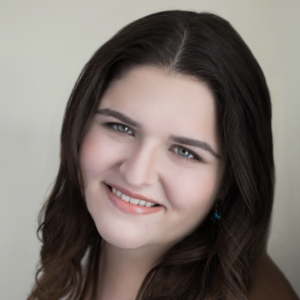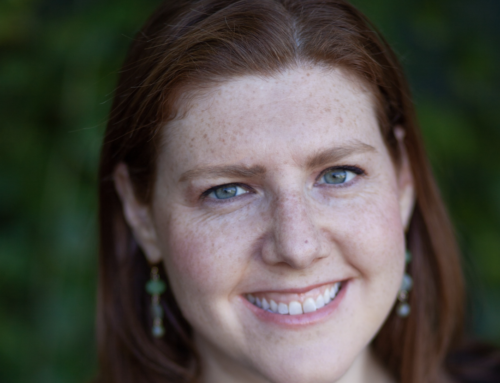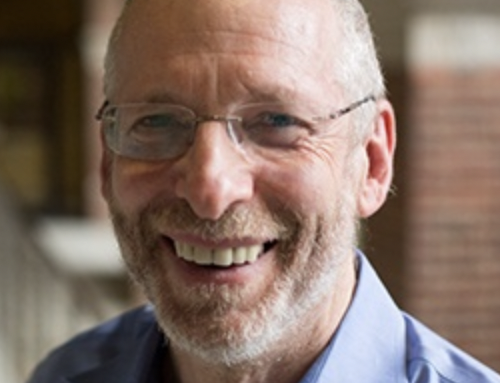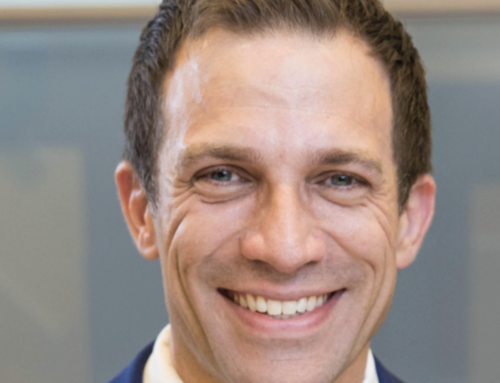Jewish time operates in a trajectory all its own. There’s a cyclical nature, a rhythm to the calendar of holidays and rituals, the texts that are read and the peak moments of gathering and reflection. Jewish time is both wholly a part of and separate from the steady march forward of days, weeks, months, and years that the secular calendar is marked by. On the one hand, we always know our next steps: every seven days brings the glow of Shabbat candles. Every month brings the new moon and the celebration of Rosh Chodesh. And every spring, we come back to the counting of the Omer. In these seven weeks, we are both inside and outside of time. We count each day, adding to the tally of days and weeks as we move through the technical details of numbers and blessings, and the internal work of reflection and growth. We reflect on our collective past, our individual futures, and the stories we tell about each of them.
In the Jewish tradition, history is not a binary. We don’t have a past that is bound by time. Instead, we have collective memory, and the admonition of Zakhor: Remember. We are told to put ourselves into the stories of the past, and to read ourselves directly into the stories that we pass on. Jewish education is the mechanism through which lives lived in tandem with Jewish time are cultivated. As each learner discovers the meaning of Abraham Joshua Heschel’s “cathedral in time,” Shabbat as a masterpiece, and navigates the rhythm of sunrises, sunsets, candle lightings, and rituals that mark the peaks and valleys of Jewish time, they take the steps along the winding paths of lifelong Jewish journeys. Let us all strive to carve out our own moments of sacred time and space in the liminal holiness of the Omer, holding ourselves apart from the passage of the mundane day to day, and allowing for moments of elevation and transcendence.





